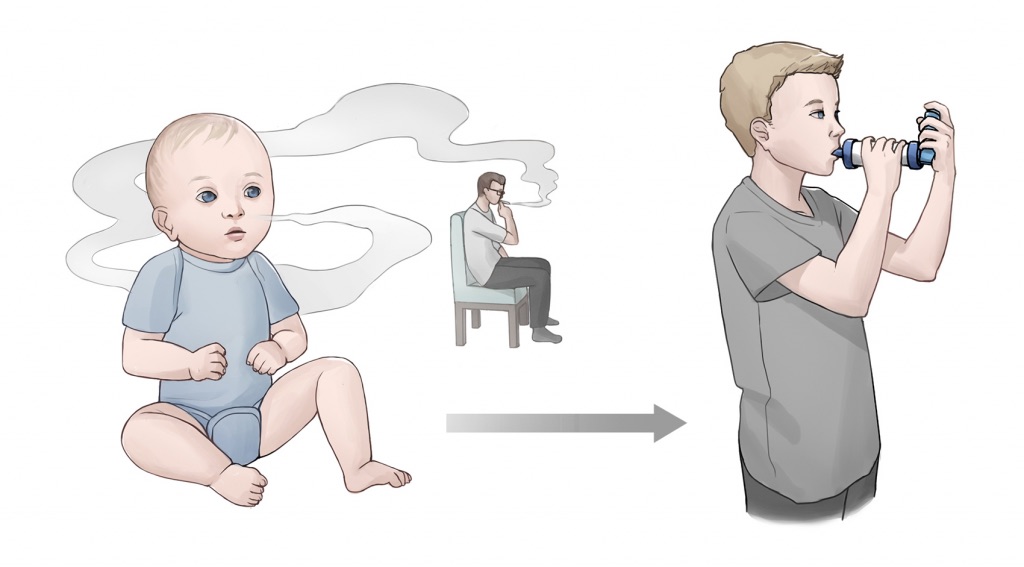Chapter 3: The Complete Subjective Health Assessment
Current and Past Health
Understanding the client’s current and past health is important and may provide an explanation or rationale for the client’s current health status as illustrated in Figure 9. Furthermore, these data can provide insight into health promotion needs and co-morbidities. It is helpful to understand the current and past health profiles before assessing other aspects of health, as the information will inform subsequent questions.

The order of the questions about current and past health, and the detail elicited, often depends on the client’s main health needs and developmental status. Not all questions apply to every client; their use and phrasing is contingent on the individual client and their situation.
Clinical Tip
Your questions should also be based on the client’s response to the previous question.
As you develop your clinical judgment, which comes with practice, you will become more astute about which questions are appropriate and how to frame the questions. Table 6 provides sample questions for assessing current and past health, but other questions may arise that you may need to ask depending the client’s main health needs and their responses.
Table 6: Current and past health assessment
|
Health Items |
Questions and Statements |
Considerations |
|
Current health |
Are there any other issues affecting your current health? Probes
|
Although the client may not have made the connection, other health issues are sometimes related to their main health need. For example, they may report a fever in addition to an earache. |
|
Childhood illnesses |
|
The probing questions may be more important to ask when the illnesses may impact the client later in life. |
|
Chronic illnesses |
Tell me about any chronic illnesses you currently have or have had (e.g., cancer, cardiac, hypertension, diabetes, respiratory, arthritis). Probes
|
Chronic illnesses can significantly impact a client’s life both physically and psychosocially. |
|
Acute illnesses, accidents, or injuries |
Tell me about any acute illnesses that you have had. Tell me about any accidents or injuries you currently have or have had. Probes
|
Falls are an increasing health issue as a person ages or if they are taking several medications. This is partly related to decreases in muscle strength and balance and multimorbidity. It is important to assess the client’s risk for falls and fall prevention. Check out the Registered Nurses’ Association of Ontario (2017) best practice guideline: Preventing Falls and Reducing Injury from Falls |
|
Obstetrical health |
|
These questions do not apply to all clients. Additionally, you should be aware that the feelings about pregnancy can be complex and may not always be happy. |
Clinical Tip
The parents or a care partner are often present during an assessment of an infant or child. The adult child or care partner are sometimes present during an assessment of an older adult, particularly if the client has an acute or chronic illness, or a cognitive impairment or developmental delay. Care partners are important advocates in care planning. Thus, a family-centred approach can help you assess the client, as well as the level of caregiver burden and the need for additional resources.
Take Action
In addition to a comprehensive assessment, you should engage in health promotion discussions about a client’s current and past health. For example, this may include helping the client to address any resolved issues associated with chronic and acute illnesses. Additionally, you should consider how the client can develop control over, and improve their physical, mental, and social well-being. You should assess and discuss with them their social and personal resources to do so. Also, evaluate and intervene with critical findings related to current and past health that include anything that puts the client’s life at risk.
Test Yourself

